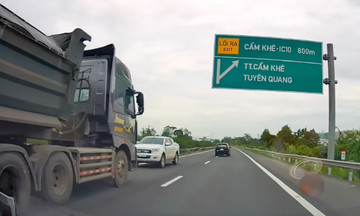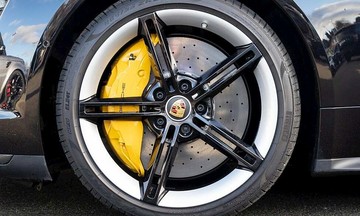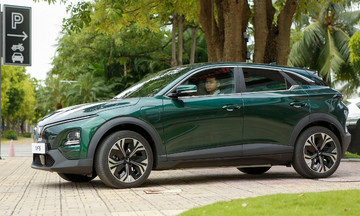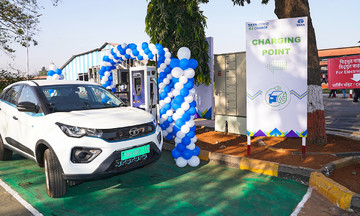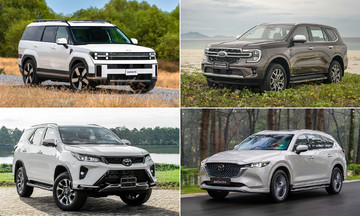E-bikes are surging in popularity across the US, used by everyone from teenagers commuting to school to older adults rediscovering cycling. However, with increasing speeds and power, Connecticut is adjusting its laws to address safety concerns.
Westport Police Lieutenant Serenity Dobson told CTInsider about the growing trend of teenagers using e-bikes for school commutes. "The entire bike rack is full of what looks like electric motorcycles," Dobson said.
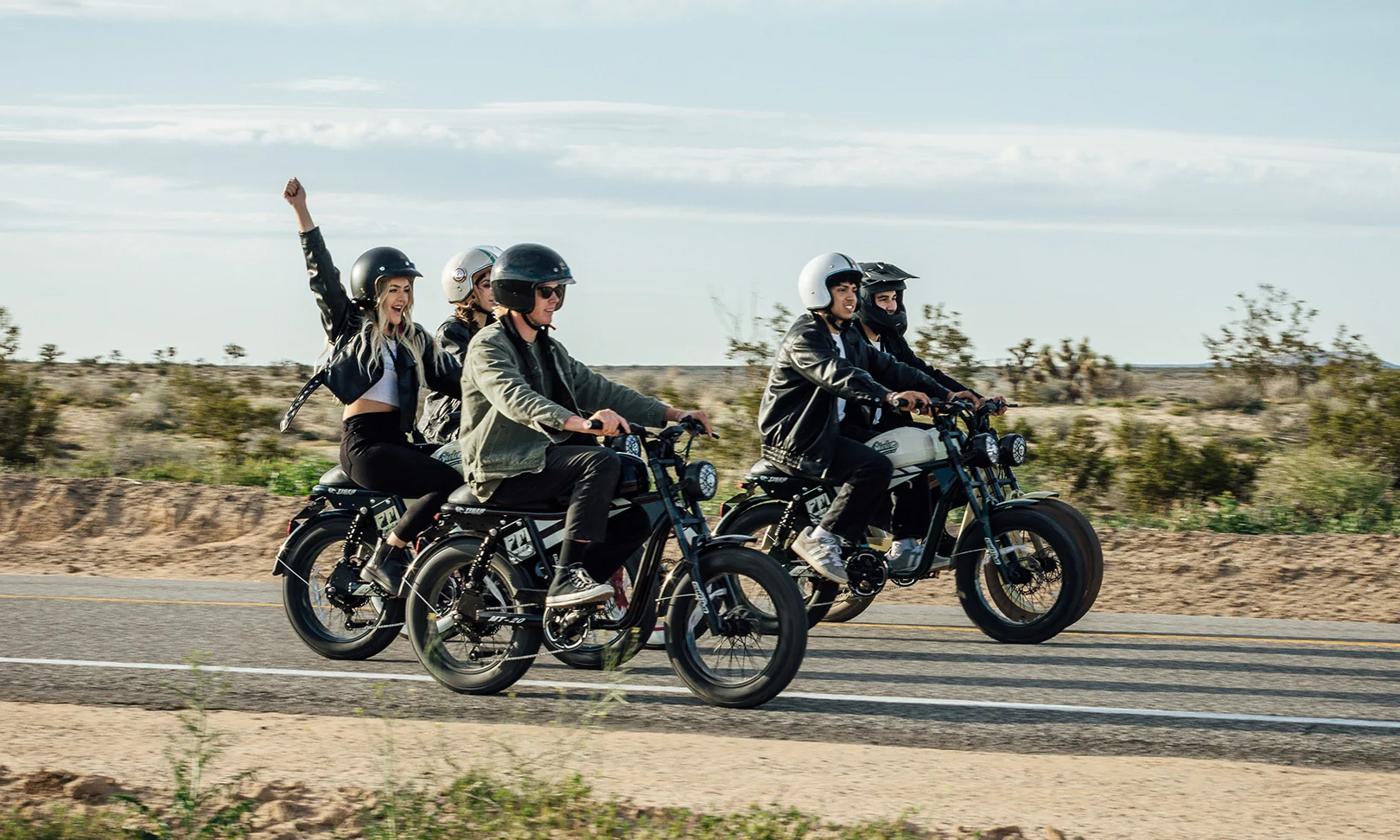 |
Many e-bike models resemble electric motorcycles. Photo: Qiolor |
Many e-bike models resemble electric motorcycles. Photo: Qiolor
Motorcycle-style e-bikes are gaining traction among young people, with companies like Super73 leading the trend with designs inspired by classic mopeds.
However, Dobson noted these e-bikes can be easily modified to exceed acceptable speed and power limits. "These bikes come stock at 48 km/h, but you can clip the governor so it can go 96-112 km/h, and these kids know how to do it," she said, adding that there's been "a huge uptick in middle school-aged kids" using e-bikes, especially during summer break. "There are all sorts of YouTube videos that show how easy it is for someone to modify these," Dobson explained.
It's unclear whether such speeds are achievable on the standard components of most e-bikes.
Connecticut currently uses a three-class system, regulating legal e-bikes to a maximum speed of 32 km/h and 750 W for Class 1 and 2, or up to 45 km/h for Class 3.
The state is updating its e-bike laws, stipulating that any e-bike exceeding 750 W will be classified as a "motorized e-bike" and require a driver's license. Above 3,500 W, e-bikes will be considered motorcycles, necessitating a motorcycle license, registration, and insurance. The new law is expected to take effect in October.
My Anh



